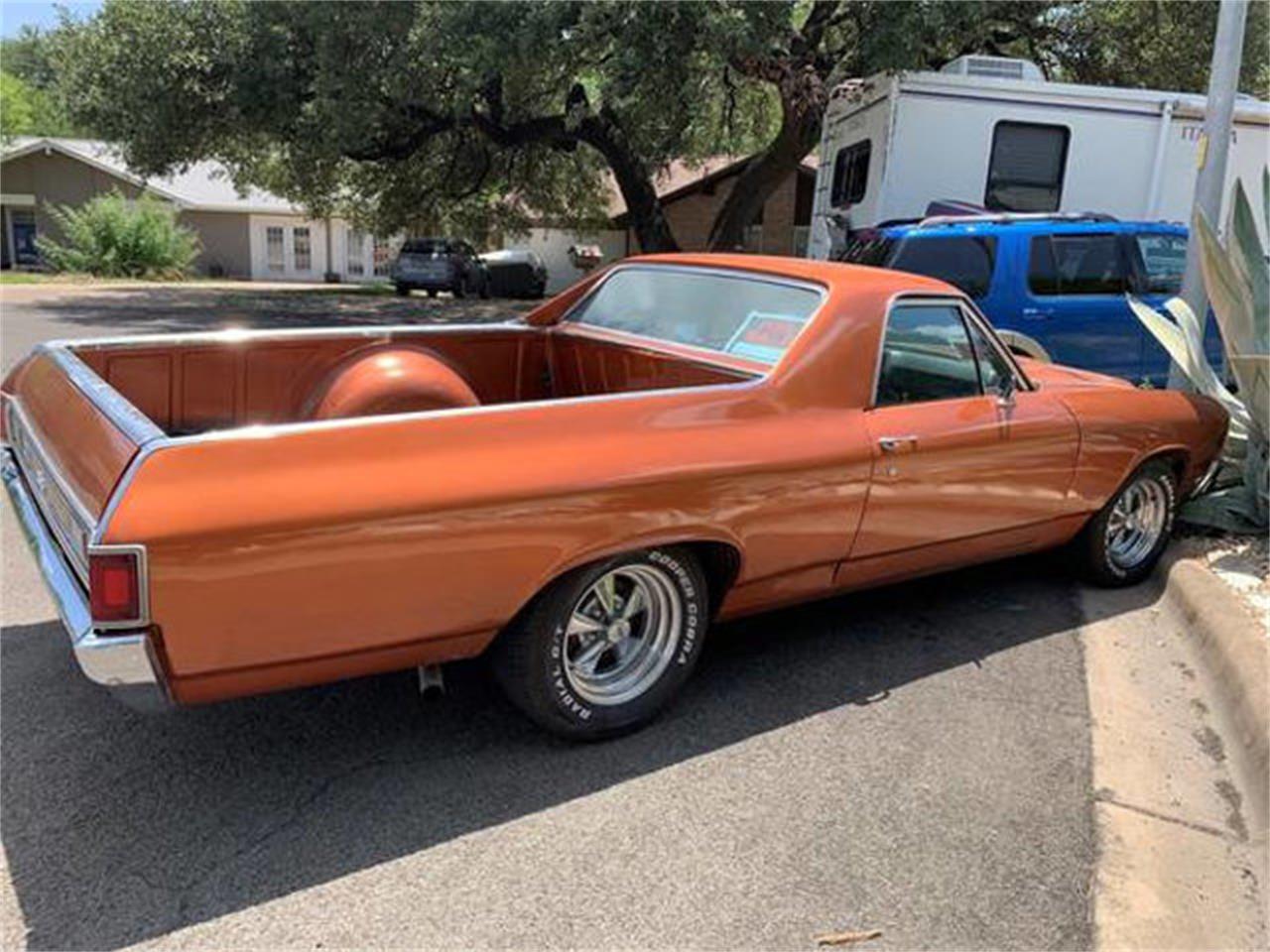

The Cameo Carrier's genesis can be found in design exercises executed in the early 1950s by a talented and enthusiastic young stylist in the GM truck design group. Two-tone paint, smooth V-8 power, an automatic transmission, a relatively luxurious interior, power assists, and more were among its attractions. Although a truck in every sense, the Cameo offered an unprecedented array of car-like features. (GM's export organization offered a Chevrolet utility as late as 1952, and GM's Australian Holden model line continues to feature a distinctly El Camino-like "ute.")Ĭhevrolet's truly stylish Cameo Carrier pickup, introduced in mid 1955, also helped pave the way for the El Camino. These Aussie "utes" typically combined the styling of a five-window coupe body with an integrated pickup box. GM, Ford, and other automakers manufactured and marketed "utility" coupe-pickup models in Australia as early as the mid 1930s. There are antecedents to the Ranchero and El Camino, however. The 1937-1939 Studebaker Coupe-Express and Hudson pickups of the 1930s and 1940s are also excluded, due to their distinctly separate cargo boxes. Nor do coupe models equipped with a pickup box in the deck opening, such as Chevrolet's own 1936-1942 Coupe-Pickup.

Thus, early pickups based on passenger-car chassis don't qualify. Before delving into origins, though, we need to address the question just what is a sedan pickup? For purposes of this article, consider it to be a utility vehicle built on a passenger-car chassis, with passenger-car frontal and cabin styling, and - this is key - a cargo box seamlessly integrated into the passenger-car design elements.


 0 kommentar(er)
0 kommentar(er)
